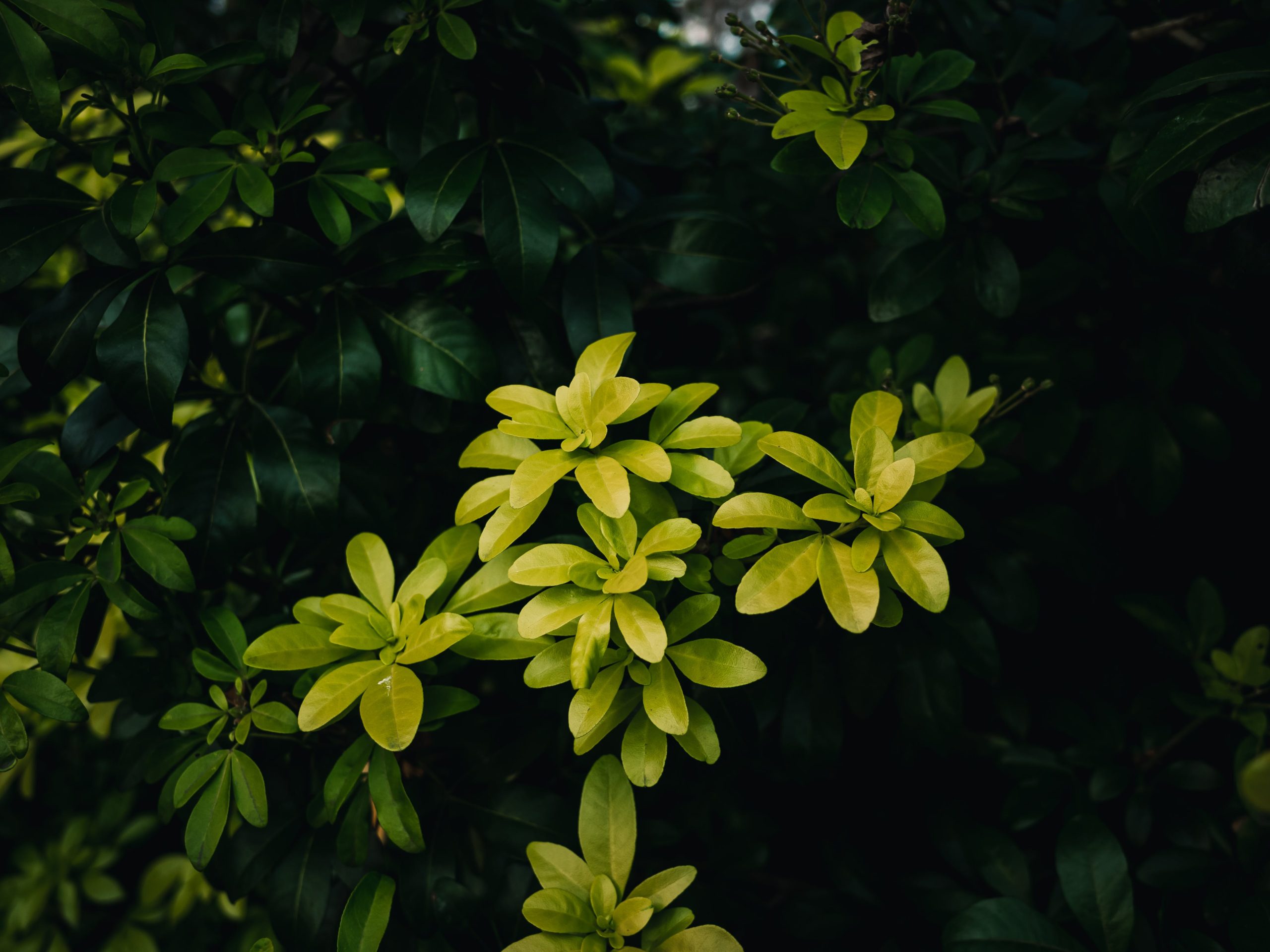
Table of Contents
ToggleIn the intricate tapestry of the natural world, a phenomenon that mirrors the suspense of a horror story unfolds the creation of a zombie plant. While it might sound like a plot from a science fiction novel, this phenomenon is very much a reality in the plant kingdom. Parasites, specifically certain types of fungi, have evolved mechanisms that allow them to take control of their plant hosts, turning them into mere puppets in a biological horror show. In this exploration, we will delve into the fascinating and eerie world of zombie plant, understanding the intricate dance between parasites and their hosts.
The Perpetrators: Parasitic Fungi
At the heart of this dark narrative are parasitic fungi, notorious for their ability to manipulate the behavior of their plant hosts. Among the most infamous culprits are the Ophiocordyceps and Entomophthora genera, which are known for parasitizing insects, and the Orobanchaceae family, notorious for attacking various plants.
Ophiocordyceps exemplifies the mastery of manipulation exhibited by parasitic fungi. This genus primarily preys on insects, with some species specifically targeting ants. The fungus infiltrates the ant’s body, taking control of its central nervous system. As the infection progresses, the ant is compelled to leave its colony and climb vegetation. Once at an optimal height, the fungus forces the ant to clamp its mandibles onto a leaf, anchoring itself in a death grip. The fungus then bursts from the ant’s head, releasing spores to infect new hosts below. This gruesome cycle is a testament to the precision with which these fungi orchestrate their zombie-like takeover.
The Victims: A Variety of Plant Hosts
While the Ophiocordyceps genus specializes in manipulating insects, other parasitic fungi target plants directly. The Orobanchaceae family, commonly known as broomrapes, consists of notorious plant parasites. These parasitic plants invade the root systems of their hosts, extracting nutrients and water to sustain their growth. The victimized plants often suffer stunted growth and reduced reproductive success. The broomrapes not only survive at the expense of their hosts but also alter the normal development and functioning of the host plants, akin to a parasitic puppeteer pulling the strings.
Understanding the Invasion: The Mechanisms of Control
The process by which parasitic fungi take control of their hosts involves a sophisticated interplay of biochemical and molecular mechanisms. One key factor is the secretion of specific chemicals that can alter the host’s physiology and behavior. For example, in the case of Ophiocordyceps, the fungus releases compounds that manipulate the ant’s neural circuits, compelling it to perform actions contrary to its instincts.
In the realm of plant parasites like broomrapes, the invasion begins with the release of germination stimulants. These stimulants trigger the germination of broomrape seeds, leading to the development of a specialized organ known as the haustorium. The haustorium penetrates the host plant’s roots, establishing a connection that facilitates the extraction of nutrients. This intimate invasion disrupts the normal flow of nutrients within the host plant, causing a cascade of physiological changes that benefit the parasitic interloper.
The Impact on Hosts: From Puppetry to Catastrophe
The consequences of this parasitic puppetry extend far beyond the immediate manipulation of the host. In the case of Ophiocordyceps-infected ants, the entire colony may suffer as the manipulated individual leaves, disrupting the social fabric and potentially leading to the collapse of the ant community. The fungal spores released from the manipulated ant’s head rain down on the colony below, ensuring a new cycle of infection.
For plant hosts, the impact can be equally catastrophic. Broomrapes, by siphoning off essential nutrients, impede the growth and reproduction of their victims. The altered physiology of the host plant may result in weakened defenses against other environmental stressors, making it susceptible to secondary infections or environmental challenges. In this way, the parasitic puppeteer not only controls its host but also orchestrates a symphony of destruction.
The Evolutionary Dance: Coevolution and Counterstrategies
The intricate dance between parasites and their hosts has unfolded over millions of years, leading to a continuous evolutionary arms race. As parasitic fungi evolve new strategies to manipulate hosts, the hosts, in turn, develop counterstrategies to resist or mitigate the impact of parasitism.
In some cases, plants have evolved mechanisms to recognize and resist parasitic invasion. These defense mechanisms may involve the activation of specific genes that trigger immune responses or the production of compounds toxic to the invading parasite. Similarly, ants may exhibit behaviors that limit the spread of Ophiocordyceps within their colonies, such as isolating and removing infected individuals.
However, the parasitic fungi are quick to adapt, and the evolutionary dance continues. This ongoing struggle highlights the dynamic nature of ecological interactions and the relentless pursuit of survival strategies in the natural world.
Also Read: COMPLETE GUIDE TO DEBATING: HOW TO IMPROVE YOUR DEBATING SKILLS
Conclusion: The Dark Tapestry of Nature
The phenomenon of plant zombies, orchestrated by parasitic fungi, provides a captivating glimpse into the dark and intricate tapestry of nature. From the manipulation of insect behavior to the infiltration of plant roots, these parasites wield a level of control that seems almost otherworldly. As we unravel the mysteries of this biological horror show, we gain a deeper appreciation for the complexity and adaptability of life on Earth.
In the perpetual struggle for survival, organisms engage in an evolutionary dance, constantly refining their strategies in response to the ever-shifting dynamics of the natural world. The dark world of plant zombies serves as a reminder that, even in the seemingly serene realms of plants and insects, a hidden drama unfolds—one where parasites pull the strings, and the boundaries between victim and aggressor blur in the perpetual theater of life.
